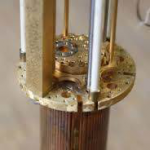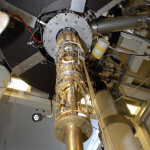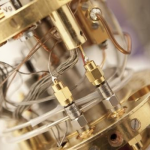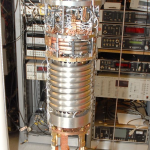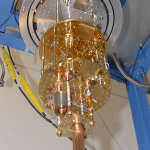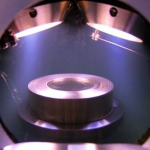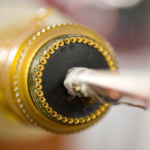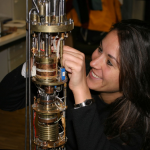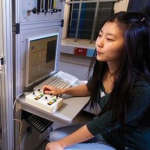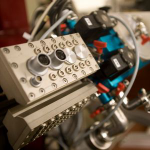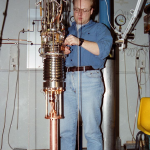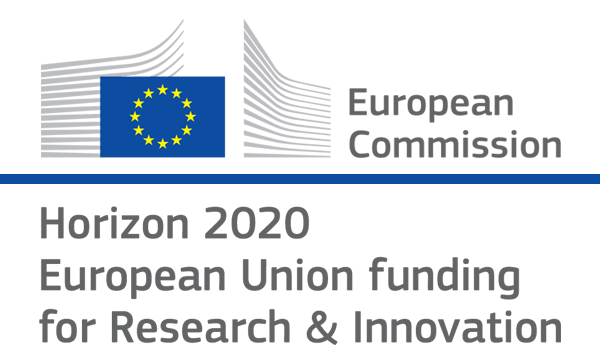

- Photon Transport in a Bose-Hubbard Chain of Superconducting Artificial Atoms
G. P. Fedorov et al., Phys. Rev. Lett. 126, 180503 (2021) - Path-Dependent Supercooling of the
He3 Superfluid A-B Transition
Dmytro Lotnyk et al., Phys. Rev. Lett. 126, 215301 (2021) - Superconductivity in an extreme strange metal
D. H. Nguyen et al., Nat Commun 12, 4341 (2021) - High-Q Silicon Nitride Drum Resonators Strongly Coupled to Gates
Xin Zhou et al., Nano Lett. 21, 5738-5744 (2021) - Measurement of the 229Th isomer energy with a magnetic micro-calorimeter
T. Sikorsky et al., Phys. Rev. Lett. 125 (2020) 142503
Stability and dissipation of laminar vortex flow in superfluid 3He-B
V.B. Eltsov, R. de Graaf, P.J. Heikkinen, J.J. Hosio, R. Hänninen, M. Krusius, V. S. LA central question in the dynamics of vortex lines in superfluids is dissipation on approaching the zero temperature limit T→0. From both NMR measurements and vortex filament calculations, we find that vortex flow remains laminar up to large Reynolds numbers Re{α}∼10(3) in a cylinder filled with 3He-B. This is different from viscous fluids and superfluid 4He, where the corresponding responses are turbulent. In 3He-B, laminar vortex flow is possible in the bulk volume even in the presence of sizable perturbations from axial symmetry to below 0.2Tc. The laminar flow displays no excess dissipation beyond mutual friction, which vanishes in the T→0 limit, in contrast with turbulent vortex motion where dissipation has been earlier measured to approach a large T-independent value at T≲0.2Tc.
Phys. Rev. Lett. 105, 125301 (2010)
doi: 10.1103/PhysRevLett.105.125301


